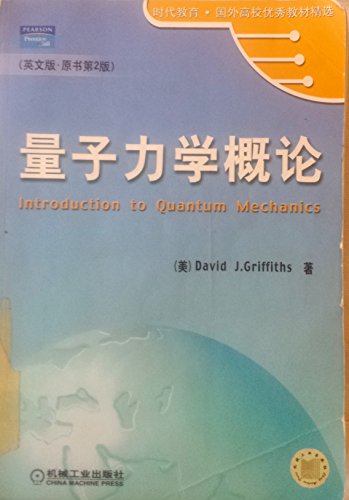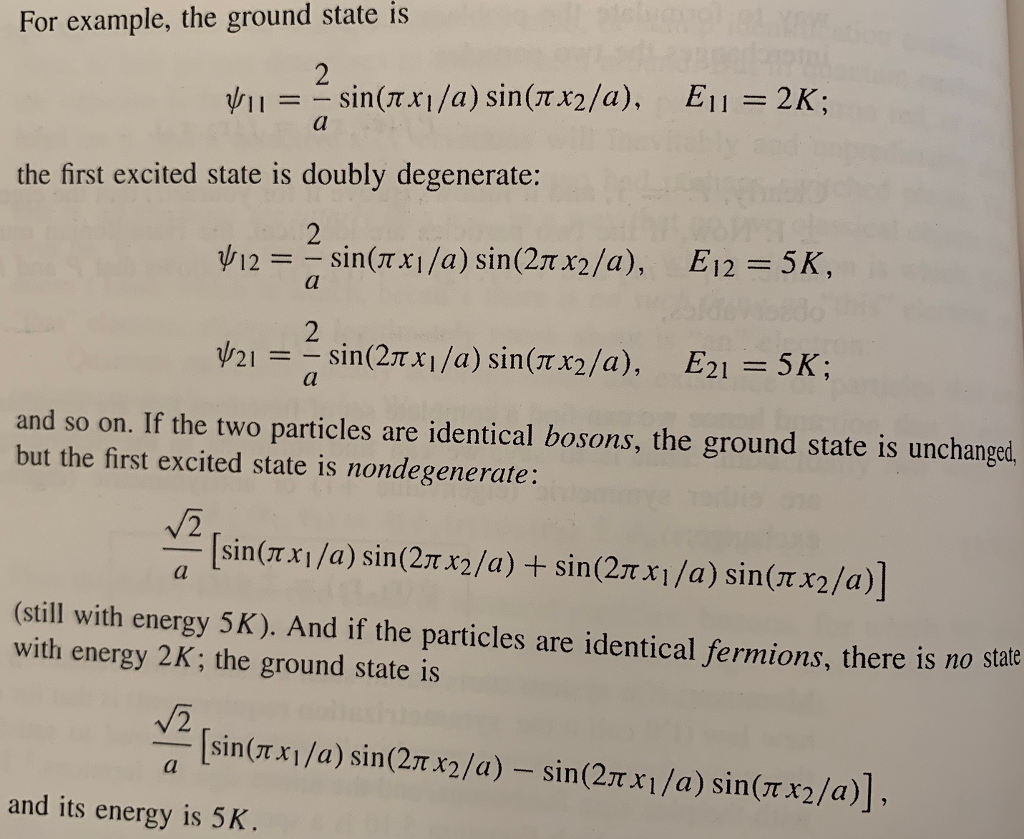

Introduction to quantum mechanics (2nd ed.). Introduction to quantum mechanics (1st ed.). Īccording to physicists Yoni Kahn of Princeton University and Adam Anderson of the Fermi National Accelerator Laboratory, Griffiths' Quantum Mechanics covers all materials needed for questions on quantum mechanics and atomic physics in the Physics Graduate Record Examinations (Physics GRE).


It has also been recommended in other, more advanced, textbooks on the subject. Chapter 7: Time-independent Perturbation Theory.

Chapter 6: Symmetries and Conservation Laws.Chapter 4: Quantum Mechanics in Three Dimensions.Chapter 2: Time-independent Schrödinger Equation.Schroeter as co-author this edition is known as Griffiths and Schroeter. In 2018, CUP released a third edition of the book with Darrell F. Originally published by Pearson Education in 1995 with a second edition in 2005, Cambridge University Press (CUP) reprinted the second edition in 2017. The book is considered a standard undergraduate textbook in the subject. Introduction to Quantum Mechanics, often called Griffiths, is an introductory textbook on quantum mechanics by David J. Identifiers refer to the 2017 reprint of the 2nd edition, by the University Press, unless otherwise noted The second chapter-especially when you include all the exercises at the end of the chapter-is an essential reference for one-dimensional quantum mechanics, a topic that's growing in relevance with increasing experimental capacity to engineer effectively one-dimensional systems such as solid state quantum wires or tight optical waveguides for ultracold atoms./core /books /introduction-to-quantum-mechanics /990799CA07A83FC5312402AF6860311E I've taught the second edition several times and found that the impedance matching between the content and previous student knowledge allows clear signal transmission. I would argue that if you want to teach a waves-first course, there is no better starting place than the first two chapters of the book, lightly revised and improved from the previous edition. The Griffiths and Schroeter (G&S) text falls squarely in the waves-first camp. Roughly speaking, there are two main approaches to teaching undergraduate quantum mechanics: waves-first or spins-first (other approaches include historical (an especially good fit for sophomore-level modern physics classes) and formalism-first (perhaps better for graduate quantum courses)).


 0 kommentar(er)
0 kommentar(er)
